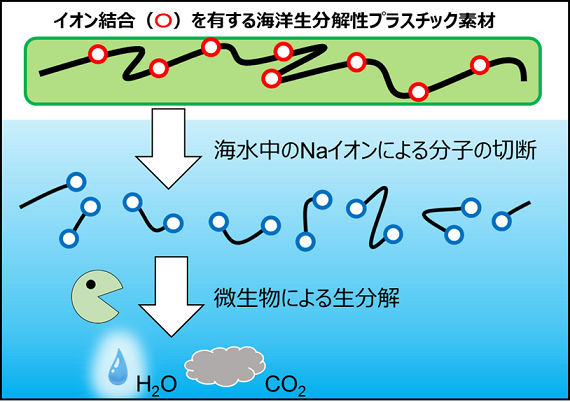2023-09-27 アリゾナ大学
◆現在の危険モデルはこの可能性を考慮しておらず、地域の防災対策に影響を与える可能性があります。地震の規模が大きいほど頻度は低いため、被害のリスクは比較的低いですが、二度の地震が連続して発生する可能性もあるため、注意が必要です。
<関連情報>
- https://news.arizona.edu/story/tree-rings-reveal-new-kind-earthquake-threat-pacific-northwest
- https://www.science.org/doi/10.1126/sciadv.adh4973
樹木の大量死で明らかになったシアトル首都圏の多断層地震の脅威 A multifault earthquake threat for the Seattle metropolitan region revealed by mass tree mortality
Bryan A. Black,Jessie K. Pearl,Charlotte L. Pearson,Patrick T. Pringle,David C. Frank,Morgan T. Page,Brendan M. Buckley,Edward R. Cook,Grant L. Harley,Karen J. King,Jonathan F. Hughes,David J. Reynolds,and Brian L. Sherrod
Science Advances Published:27 Sep 2023
DOI:https://doi.org/10.1126/sciadv.adh4973

Abstract
Compound earthquakes involving simultaneous ruptures along multiple faults often define a region’s upper threshold of maximum magnitude. Yet, the potential for linked faulting remains poorly understood given the infrequency of these events in the historic era. Geological records provide longer perspectives, although temporal uncertainties are too broad to clearly pinpoint single multifault events. Here, we use dendrochronological dating and a cosmogenic radiation pulse to constrain the death dates of earthquake-killed trees along two adjacent fault zones near Seattle, Washington to within a 6-month period between the 923 and 924 CE growing seasons. Our narrow constraints conclusively show linked rupturing that occurred either as a single composite earthquake of estimated magnitude 7.8 or as a closely spaced double earthquake sequence with estimated magnitudes of 7.5 and 7.3. These scenarios, which are not recognized in current hazard models, increase the maximum earthquake size needed for seismic preparedness and engineering design within the Puget Sound region of >4 million residents.



